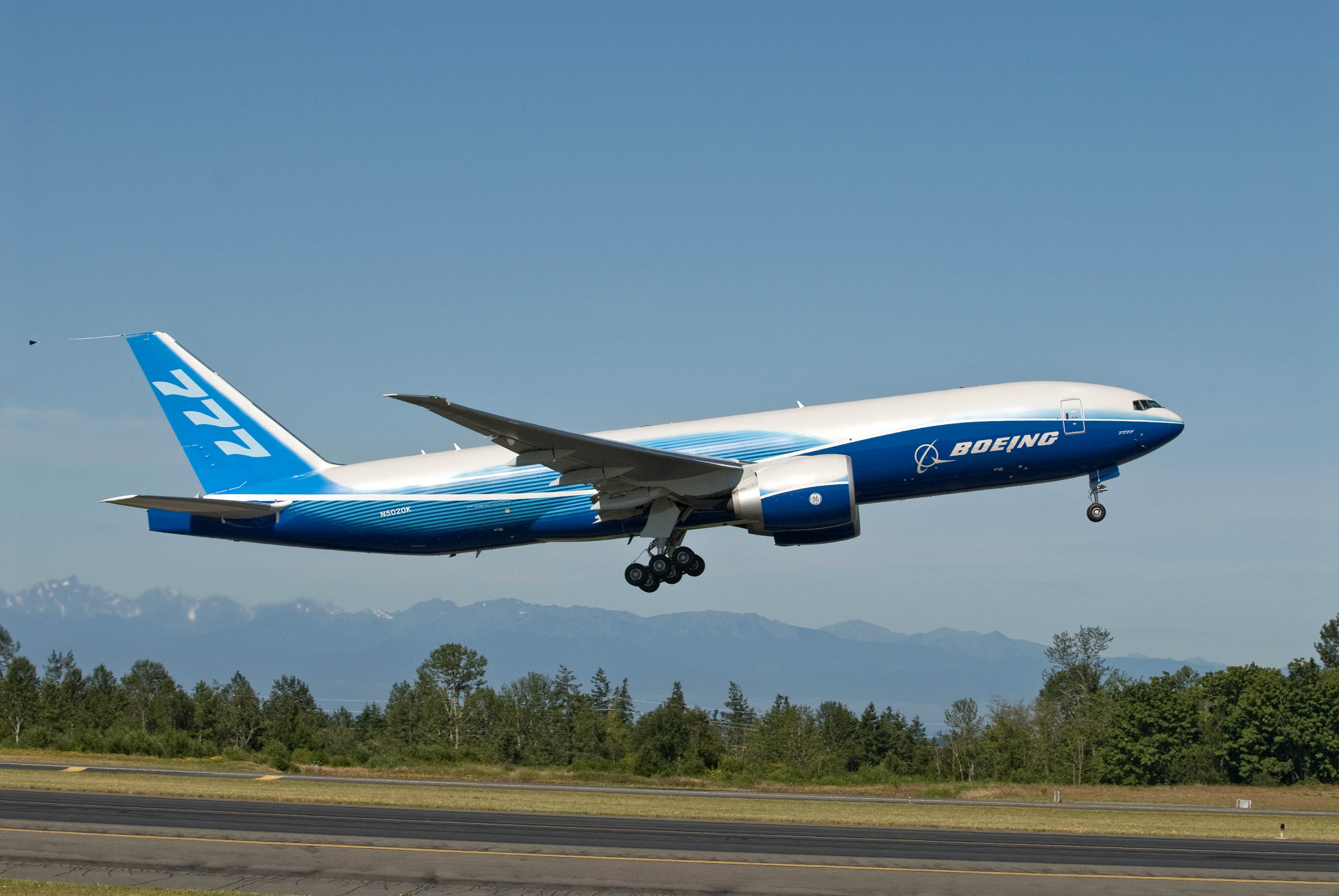
The plane’s black box has a battery that will broadcast a signal for about 30 days. After that the device goes silent and finding it will be much more difficult. There are batteries available that last for 90 days that were developed following the crash of an Air France jet in the Atlantic Ocean in 2009. It took two years and $50 million to find that plane’s black boxes. Air France is one of just a few airlines that have voluntarily switched to the 90-day batteries.
But those longer-lived batteries have not been required because regulators and airlines have not been able to agree on the details. One proposal calls for the installation of the longer-lived batteries beginning late in this decade. Beginning next year, only the long-life batteries will be produced, according to a report from Reuters.
The 777 family of planes is Boeing’s best-selling dual-aisle, two-engine plane. Through the end of February, Boeing has delivered a total of 422 of the 777-200ERs, including 15 to Malaysian Airlines. Of 370 planes on order from the 777 family, none is a 777-200ER.
The company delivered its first 777-200 to United Airlines in May 1995, and the plane went into service the following month. The first extended range model, the 777-200ER, was delivered to and put into service by British Airways in February 1997. At list price today, the 777-200ER would cost $261.5 million and would be the lowest priced model of the 777 family.
Boeing’s order book currently includes 257 new 777-300ER models, 44 777F freighters and 66 777X models. The list price for the 777-300ER is $320.2 million. That is nearly $71 million more than the two-engine 787-9 that Boeing announced last summer and for which the company has taken orders for 404 planes.
The 777 includes 3 million parts that come from 500 suppliers around the world. Boeing uses three suppliers for the 777-200ER’s two engines: General Electric Co. (NYSE: GE); Pratt &Whitney, a subsidiary of United Technologies Corp. (NYSE: UTX); and London-listed Rolls Royce. The 777-300ER uses two GE engines, each of which develops 115,540 pounds of thrust.
The 777-200ER has a maximum cruising range of just over 6,000 miles, while the 300ER’s range is listed at slightly more than 9,100 miles. Cruising speed is 560 mph and maximum speed is 590 mph. The plane’s maximum cruising altitude is 43,100 feet.
According to Boeing, a lightly loaded 777 can accelerate from zero to 60 mph in less than six seconds. Not exactly McLaren P1 speeds (about 2.1 seconds), but an empty 777 weighs 150 tons.
What makes the plane so expensive? The 777-300ER can carry 365 passengers, compared with the 787-9’s capacity of 280. The GE engines on the 777 model develop 62% more thrust than the 787’s two engines. The plane is also longer than the Dreamliner, has a greater wingspan and a greater wing area, and is taller. The maximum takeoff weight of the 777-300ER is 114 tons greater than the 787-9.
When the new composite wing is added to the 777X, the list price on the plane will rise to $349.8 million for the 777-8X, which can carry 350 passengers, and to $377.2 million for the 777-9X, which has capacity for 400 passengers. The list price is usually the starting point in negotiations between an airplane maker and customer. The actual selling price may be 20% to 30% lower — or more, according to Leeham News and Comment.
The 787 surpasses the 777 in maximum range — around 9,750 miles to just under 9,100 miles — and fuel efficiency. For long-haul flights, the 787 is likely a better choice mainly because it is more fuel efficient.
But the 777 family will not be cannibalized by the 787. Far from it.
Also read: Nine CEOs with the Worst Reputations
Take Charge of Your Retirement In Just A Few Minutes (Sponsor)
Retirement planning doesn’t have to feel overwhelming. The key is finding expert guidance—and SmartAsset’s simple quiz makes it easier than ever for you to connect with a vetted financial advisor.
Here’s how it works:
- Answer a Few Simple Questions. Tell us a bit about your goals and preferences—it only takes a few minutes!
- Get Matched with Vetted Advisors Our smart tool matches you with up to three pre-screened, vetted advisors who serve your area and are held to a fiduciary standard to act in your best interests. Click here to begin
- Choose Your Fit Review their profiles, schedule an introductory call (or meet in person), and select the advisor who feel is right for you.
Why wait? Start building the retirement you’ve always dreamed of. Click here to get started today!
Thank you for reading! Have some feedback for us?
Contact the 24/7 Wall St. editorial team.
